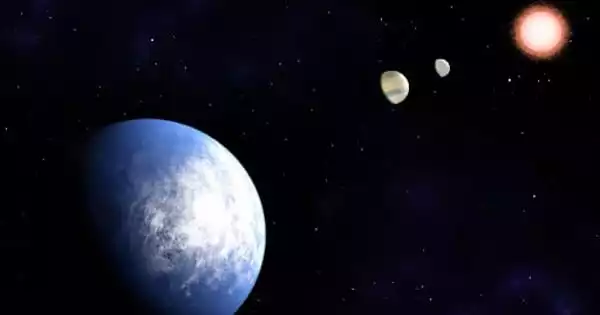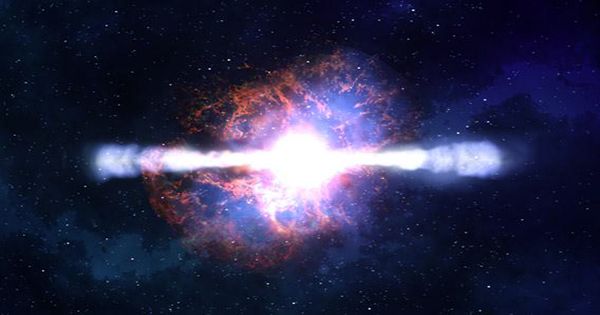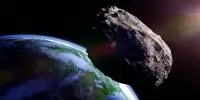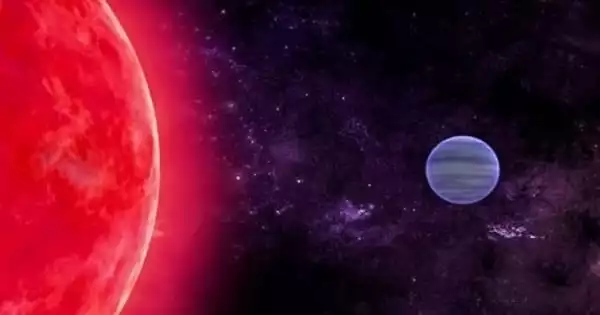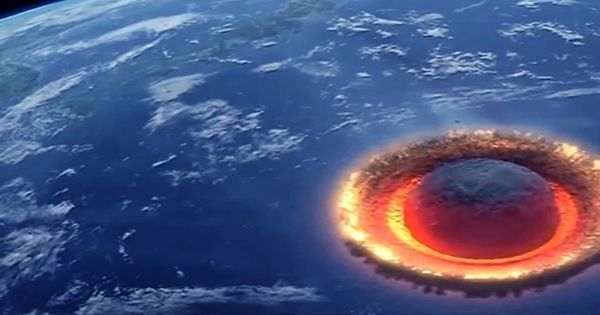TOI 700 is a small, cool red dwarf star about 1 Quadrillion kilometers away. It is a red dwarf 101.4 light-years away from Earth in the Dorado constellation that is home to TOI 700 d, the first Earth-sized exoplanet discovered in the habitable zone by the Transiting Exoplanet Survey Satellite (TESS). It has 40% of the mass of the sun and a diameter of 570,000 kilometers. So far, astronomers have discovered three planets orbiting the TOI-700 star. The TOI 700 d is one of those planets.
Stellar characteristics
TOI 700 is a red dwarf of spectral class M that is 40% the mass, 40% the radius, and 55% the temperature of the Sun. The star is bright, but there is little stellar activity. The star does not show a single white-light flare in the 11 sectors observed with TESS. The low rotation rate also indicates a lack of stellar activity.
In November 2021, the fourth possible planet, mini-earth receiving approximately 49 percent more flux than TOI-700 d from TOI-700, was found at the inner edge of the habitable zone of TOI-700. It is very likely that this system also contains a fifth, cool mini-Neptune – which, unfortunately, does not transit the host star from the perspective of humans.

Planetary system
TESS has discovered three exoplanets orbiting the host star TOI 700. TOI 700 may be tidally locked to all three exoplanets. Three papers describe the planetary system’s validation, follow-up observations of TOI 700 d with the Spitzer Space Telescope, and characterization of TOI 700 d. Planets b and d are more likely to be rocky, while planet c is more likely to be similar to Neptune in composition.
TOI 700 d is 20% the size of Earth and completes one orbit in just 37 days. TOI 700 d is the first Earth-sized planet to enter the habitable zone. According to recent observations, this planet receives an adequate amount of light from the star. It is possible for liquid water to exist on its surface, which is necessary for the presence of life.
The two inner planets may have formed faster and with larger gaseous envelopes, but the outer planet formed more slowly and with less gas. The envelope of the innermost planet may have been lost later due to photoevaporation. Long-term planetary migration is another possibility for explaining the arrangement of densities in this system. Planet c could have migrated inwards, but this is more likely if future studies show that planet c is significantly more massive than planets b or d.
TOI 700 d is located in a habitable zone. It receives 35 times the amount of EUV photons as Earth, but 50 times less than TRAPPIST-1 e. The host star has a low level of stellar activity. A planet’s atmosphere with Earth-like pressure would survive for more than 1 Gyr. TOI 700 d has been shown in simulations to be a viable candidate for a habitable world. The simulated spectral feature depths from transmission spectra, as well as the peak flux and variations from synthesized phase curves, are all less than 10 ppm. JWST will most likely be unable to characterize the atmosphere of TOI 700 d as a result of this.
